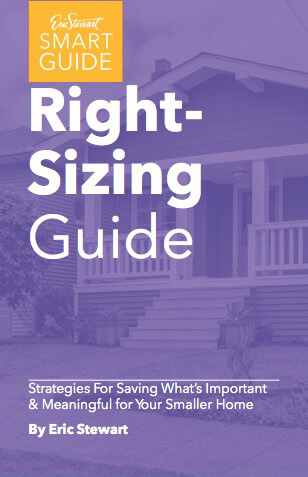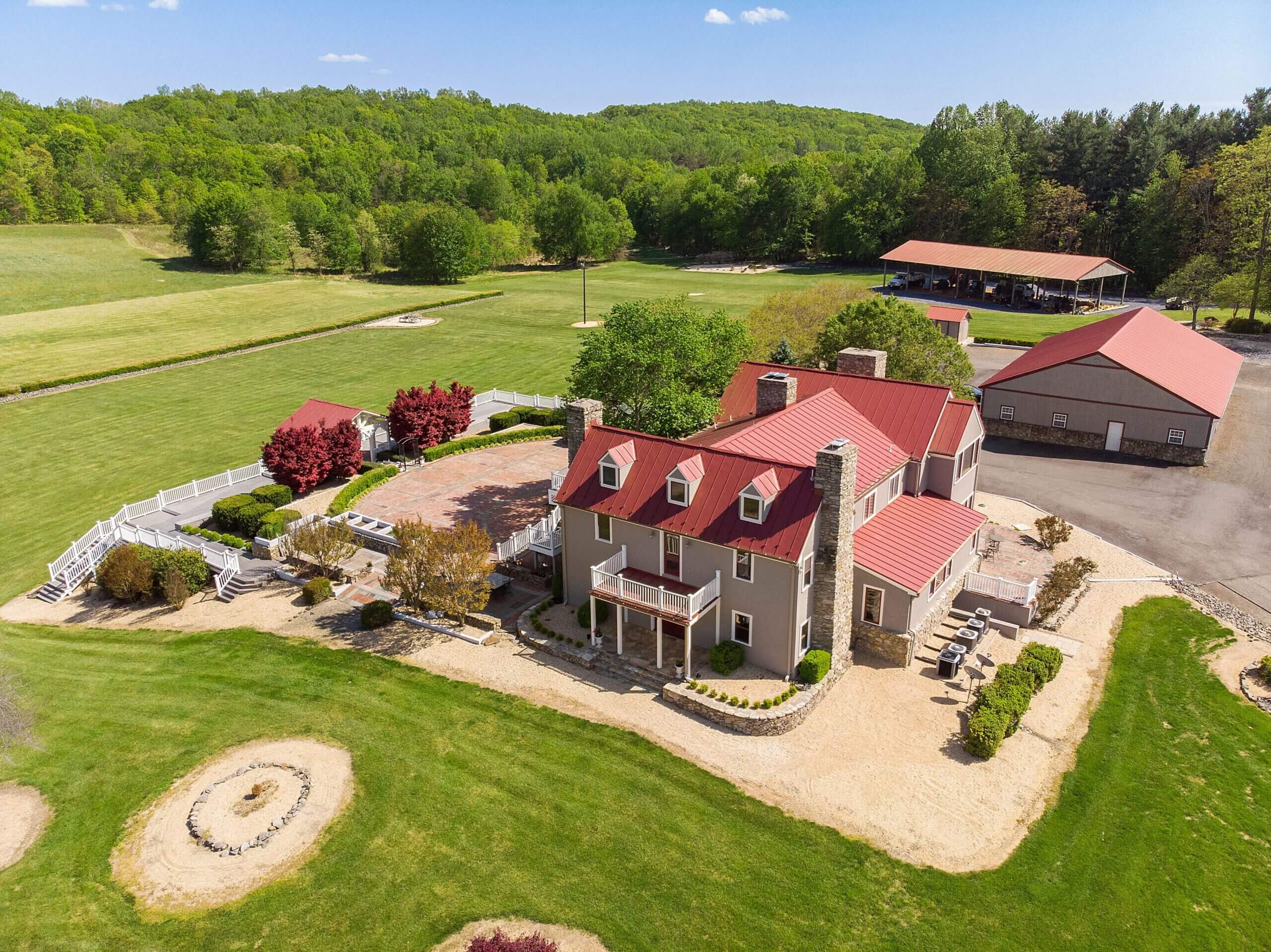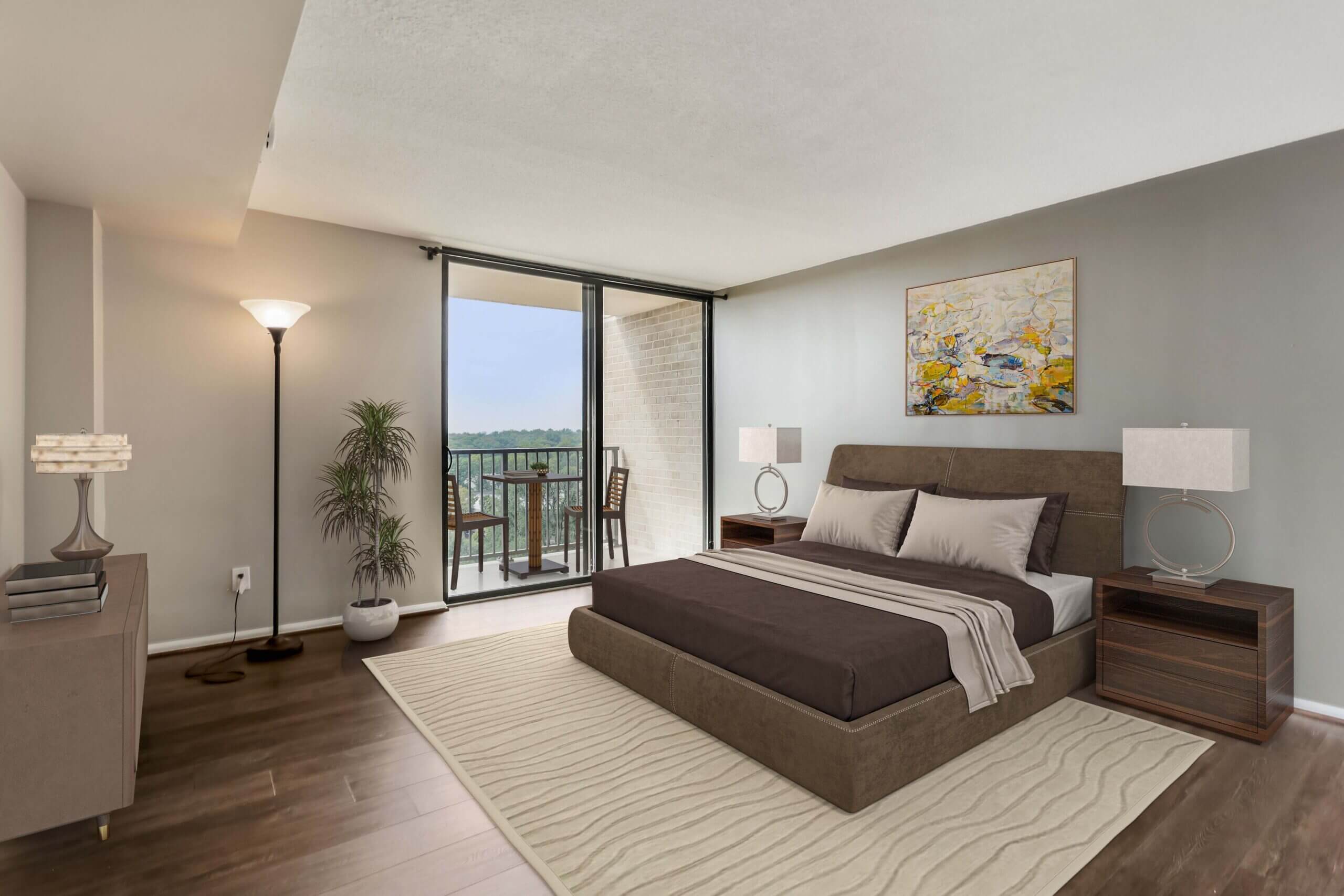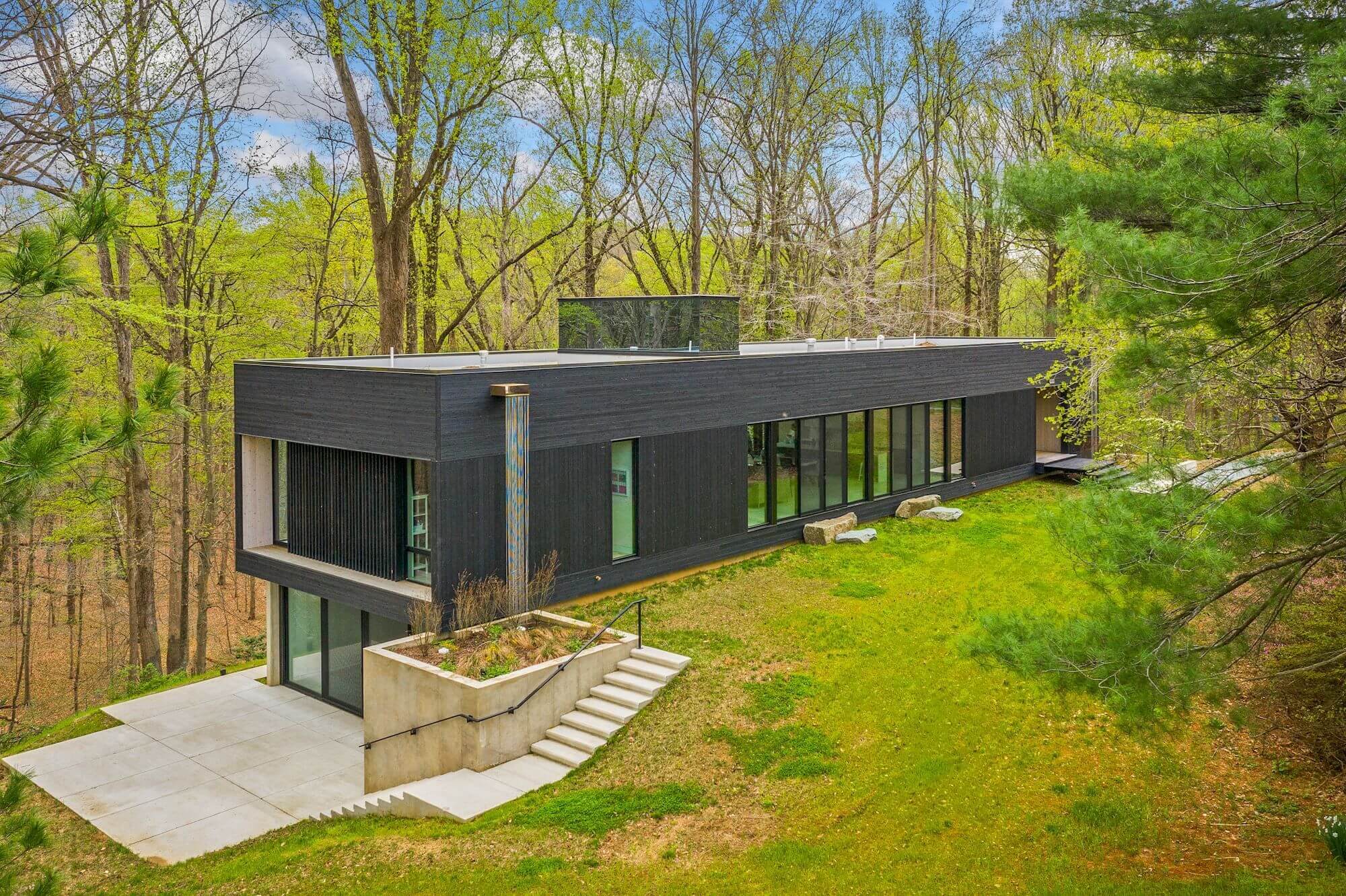BLOG
How Will Retirement Communities Follow In The Footsteps of Coca-Cola?
Eric Stewart ● October 13, 2015

Andrew Carle is an award winning professor and Executive-in-Residence and Founding Director of the Program in Senior Housing Administration at George Mason University in Fairfax, Virginia. On a recent segment of Eric’s radio show, Andrew provides insight on the future of retirement communities, and how they will follow in the diversification footsteps of American icon, Coca-Cola.
Eric: In the next two decades, individuals aged 65 and older will come to represent one of every five U.S. citizens and, more importantly, control more than half of all discretionary income. Their demographic and economic influence will extend to the farthest reaches of American society – from entertainment to travel, food, retail, technology, and housing. By force of sheer volume, the young adults who in 1968 thought that they would change the world by 2028 actually will. That was written by Andrew Carle who’s an award winning professor, and Executive-in-Residence and Founding Director of the Program in Senior Housing Administration at George Mason University in Fairfax, Virginia. I’m thrilled to have Andrew on the show. Good morning, Andrew.
Andrew: Good morning, Eric. Good to be here.
Eric: It’s my pleasure, Andrew. I found out about you by virtue of you downloading the Rightsizing Guide. I was thrilled to see you download it, and I appreciate your interest in what I do. Tell us, what we can expect, especially as current owners of real estate, over the next 10 to 15 years, and then wanting to make a transition. Is the current continuing care retirement community (CCRC) model going to be the same 15 years from now? What are the changes we’re probably going to see?
Andrew: No, and by the way, I’m one of those people right in that segment. There’s almost 80 million of us, so there’s a lot of us out there and I think that we’re really redefining not only retirement, but senior housing in a lot of ways. We’ve learned a lot, certainly, from watching our parents. The United States invented the whole concept of the golden years. One of the things we’ve learned is that it lasted exactly one generation. Then, as it turns out, retiring to a rocking chair on a porch isn’t all it’s cracked up to be. We learned that either from watching our parents, or frankly, our parents in a lot of cases told us themselves. I think the trends for us are much more the other direction.
We’re really looking for three things in our retirement. We’re looking to be active. We’re looking to be intellectually stimulated. Maybe more importantly than both of those, we’re looking for inter-generational retirement environments. We really don’t have much interest in retiring to what I call an elderly island. Unfortunately, we’ve built a whole lot of elderly islands. Very nice, beautiful retirement communities in this country, but unfortunately, where we’ve separated the residents from the rest of society. We really want to be more integrated into the world that we come from, not leave it. Then from there, we can break it down into many, many different flavors that we can talk about, our niche communities or communities based on our cultures or our interest or our orientations.
Eric: Continuing care retirement communities, as I know it nationally, are communities of 300, 400, 200, 1200, 1800, or like Riderwood, the largest one in our country at 2500 individuals, almost like a city in itself. What you’re saying is that we’re probably not going to see John Erickson’s continue and that’s because that’s not really where we want to be when we’re getting older.
Andrew: First of all, John Erickson deserves a lot of credit because, as you know, for decades our only choice was either a nursing home or staying home and hoping that our adult children, typically a daughter or a daughter-in-law, could take care of us. I know a lot of people in senior housing who deserve a lot of credit for putting, in effect, more flavors on the shelf. Continuing care retirement communities are certainly a better option as were any number of assisted-living communities. The problem with that is, or the opportunity with that, is to take it even further. Those were better choices for us, but now we want even more choices than that. In particular, we want those choices to not just be beautiful buildings that are designed to meet our needs, but we want them to be more integrated into the rest of the world. That really is something that’s going to be, I think, synonymous with Baby Boomers, in particular. We really don’t want to be on these elderly islands, even if they’re beautiful with the baby grand piano and the big brass chandelier and the grand staircase. A bird in a gilded cage is still in a cage.
Eric: Mm-hmm (affirmative).
Andrew: I think more than anything we are starting to see, and even with Erickson and some of the other companies now, they’re moving these retirement communities more into the mainstream, more into urban areas, more into inter-generational markets, and yeah, we will see … they may still be CCRC’s, but they’ll be repositioned away from out in the countryside and more into urban environments.
Eric: You take a place like Ingleside at King Farm in Rockville. That is a vertical retirement community. It’s located right in the heart of Rockville, and it happens to be all vertical. It’s surrounded by townhouses, condominiums, and single-family houses, so it’s not isolated in the same sense, right? I think that’s what you’re speaking to.
Andrew: Yeah, and I think it’s really two things. First of all, it’s making sure that we don’t separate our seniors from the rest of the world. Again, our generation just isn’t going to tolerate that. We’re not going to accept that. The second thing is putting the more active and intellectually stimulating and specific niche interest types of products on the market. So breaking it down for us, here’s the example I use. When we grew up, almost for 100 years there was only one kind of Coke, Coca-Cola. They came out with Diet Coke, I think, in 1985-1986, which coincidentally was the first year that the Baby Boomers were turning 40 and getting overweight. What do we see today? We see a dozen different flavors of Coke; Coke with lemon, Coke with lime, Coke with vanilla. Why is that? It’s because when you have 80 million consumers, there’s enough people who like Coke with lemon and enough people that like Coke with lime to warrant both those products being on the shelves.
What we’re going to see in senior housing moving forward is not just integrating them more back into the rest of society, but really specific niches. For example, a really big one that I work on is not a CCRC, but it’s what I call a UBRC, a university-based retirement community, essentially, a retirement community that is near or on campus and integrated in with the young people all around and programs and access to the sporting events and the music venues, but also access to young people doing internships, moving back and forth, and audits for seniors to take classes. That’s what we’re talking about in terms of … a whole different kind of CCRC to the point where it’s its own unique or UBRC. Remember, Baby Boomers are the most highly-educated demographic in history. A lot of us when to college, so the ability to go retire back to our alma mater is very appealing to us.
Eric: I’ve got to take a quick break. A little bit later, Andrew Carle will rejoin us to continue this conversation.
Interview continues in Segment 4
Eric: I want to jump back into university based retirement communities, a new idea. Tell us.
Andrew: When we get to senior housing, we’re not going to settle for just a couple of choices. We’re going to want lots and lots of choices. We are the most highly demographic in history, so university based retirement communities, or as I call them, UBRCs, are very appealing to us. We’re also looking at retirement communities for different cultures, for different orientations, for different interest groups.
NOHO Senior Arts Colony, out in Los Angeles, is a retirement community, for example, for retired musicians and artists. Rainbow’s End is a retirement community in Livingston, Texas, believe it or not, for people who are retired in their RVs. We’ve got 300,000 retirees in this country who don’t have a house. They live in their RV, and they’d like to stay in their RV when they retire. We’re looking at communities for different cultures. America is a very diverse country.
Aegis Gardens is an assisted living community outside of San Francisco for retired Asian Americans. They have feng shui architecture. All the staff speak Mandarin, Cantonese, Japanese. They have the stone lions out front. They can celebrate their culture. We see retirement communities for different orientations. Somewhere in the neighborhood of 4 to 7% of our population are LGBT, lesbian, gay, bisexual, transgender populations. We’re seeing about a dozen retirement communities in the country now being built just for that population. Almost any kind of niche group or cultural group or interest group that you can think of, because there’s 80 million of us, we could probably build a retirement community for them and do quite well.
Eric: I would imagine the marketing is not based upon sex, creed, color, or orientation, right?
Andrew: Right.
Eric: That would be a violation of the Fair Housing Act.
Andrew: Absolutely.
Eric: It becomes by reputation?
Andrew: Sure. I mean, look at Aegis Gardens. Again, it was designed with feng shui architecture, wok cooking, they don’t use the number 4 because that’s a bad number in Asian culture. They don’t use the color blue because that’s a bad color in Asian culture. Anyone is welcome to live there, but what it really does is it provides an opportunity for a particular culture to get what they want. For example, why should an 80 year old Asian American woman in the San Francisco Bay area have as her only choice in assisted living, room number 144 with blue walls? She shouldn’t have to have that as her only choice.
Eric: Right, she should be on the 8th floor, number 88 in a yellow room.
Andrew: Right, but in a community like Aegis Gardens she doesn’t have to worry about making that choice because there is no number 4. There is no color blue. That doesn’t mean that you have to be Asian to live there. Anyone is welcome to live there, same with LGBT communities. We’ve got an entire generation of LGBT in our generation. The first generation who, after decades of being in the closet, were finally able to come out and be quite blunt. A lot of them were worried about having to go back into the closet when they need an assisted living community. They shouldn’t have to be making those choices. They ought to be able to have a choice. Not all LGBT resident seniors want to live in an LGBT community, but those who do, those types of communities should be available to them.
Eric: Okay, besides the community itself that’s being developed for that specific interest that a person might have, are we going to see them actually become incorporated into new condominium developments where there’s just one floor? Do you see anything like that?
Andrew: Yes, absolutely, because I think again, it’s about putting the flavors on the shelf and having people be able to pick out the ones that they want. That’s not about segregating people, or discriminating against one group or another. It’s about a population of nearly 80 million Baby Boomers who have a variety of interests, who want more choices in senior housing then just a nursing home, or an assisted living, or a continuing care retirement community.
Eric: Andrew Carl, Department of Health Administration and Policy at the George Mason University College of Health and Human Services. Thank you for joining me today.
Andrew: You’re very welcome. Thanks.
To listen to Eric and Andrew’s full interview, click here.
For guidance on the downsizing process, contact the senior real estate specialists at the Eric Stewart Group. We have over 27 years of experience helping seniors 55+ downsize from a larger home to a smaller residence across the metro area. For additional insights on downsizing strategies, download our FREE Rightsizing Guide.
For more information on buying and selling and everything in between, listen to The Eric Stewart Show every Sunday from 7am – 8am on WMAL AM 630 or 105.9 FM. If you miss a show, don’t fret! You can access the archived shows here.
{{cta(’71dcf2d9-afef-4029-aadc-d82009d53525′)}}





